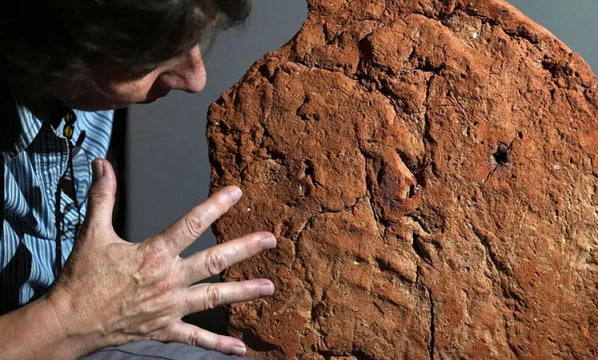Scientists find handprint on ceramic item from ancient Egyptian tomb

Scientists have discovered a palm print on a ceramic product found in an ancient Egyptian tomb. Scientists assume that the trace was left by a potter about four thousand years ago, when he touched still raw clay. About this informs BBC.
This discovery was made by researchers from the University of Cambridge, studying the “house for the soul” – a clay model often found in ancient Egyptian burials. The palm print was found on a clay product, which in ancient Egyptian beliefs was considered a place for souls to stay. This item has an open area in front where offerings could be left, such as bread, salad, or cattle heads.
The age of the artifact is estimated to be approximately 2055–1650 BC. According to scientists, the imprint was left at the moment when the potter moved the model, and the clay had not yet had time to harden after forming and had not undergone firing. Research has shown that the craftsman created a wooden frame and covered it with clay. During firing, the wooden base was burnt.
“We’ve seen fingerprints left on wet varnish or coffin decoration, but finding a full palm print is rare. I’ve never seen such a full hand print on an Egyptian object before.” Helen Stradwick, a senior Egyptologist at the Fitzwilliam Museum, admitted.
Despite the fact that ceramics were extremely common in ancient Egypt and have come down to us in large numbers, the potters themselves of that time have not been studied enough. Their craft could be considered insignificant due to the ease of manufacture and low cost of ceramics. For example, in the ancient Egyptian work “The Scholars of the Hittites” potters are disparagingly compared to pigs frolicking in the swamp.
A unique handprint artefact will be featured in the ‘Made in Ancient Egypt’ exhibition at the Fitzwilliam Museum in the UK.





